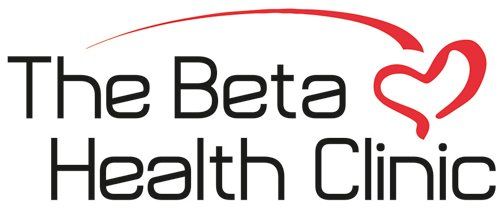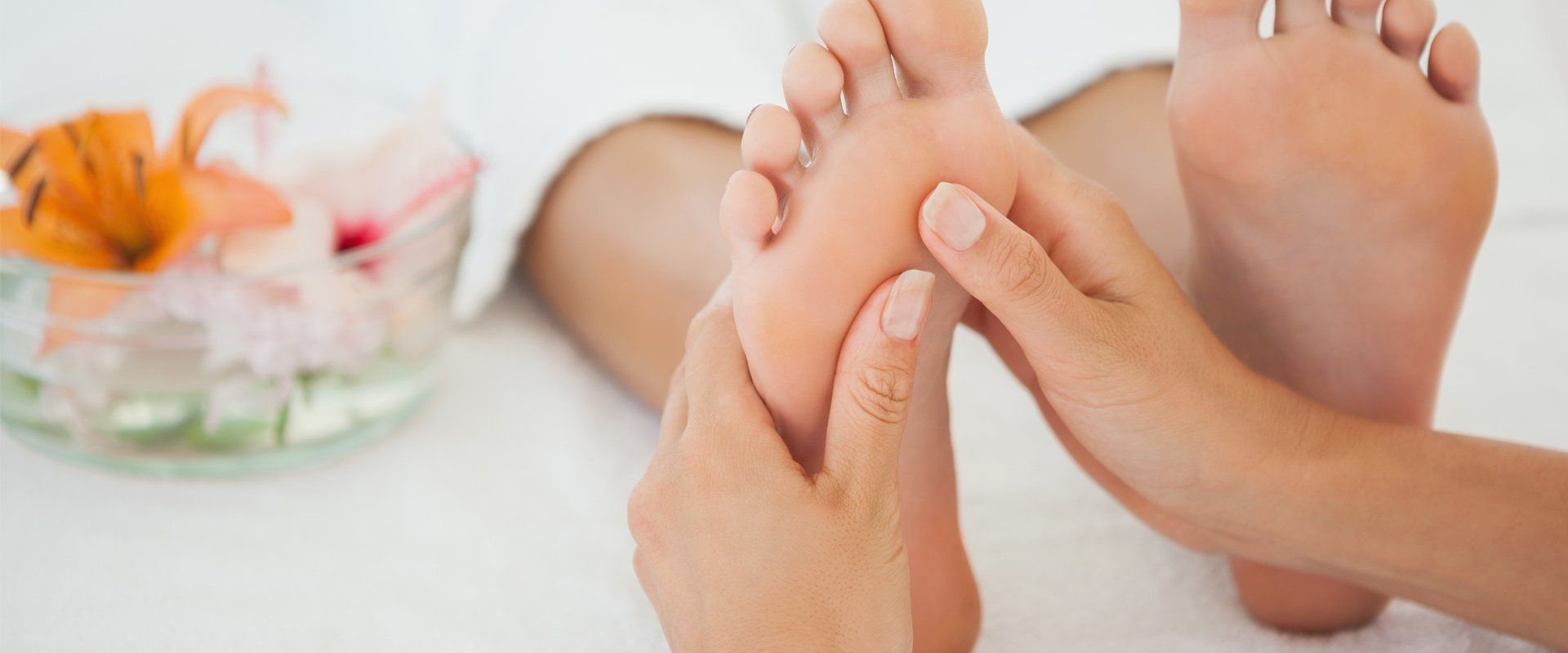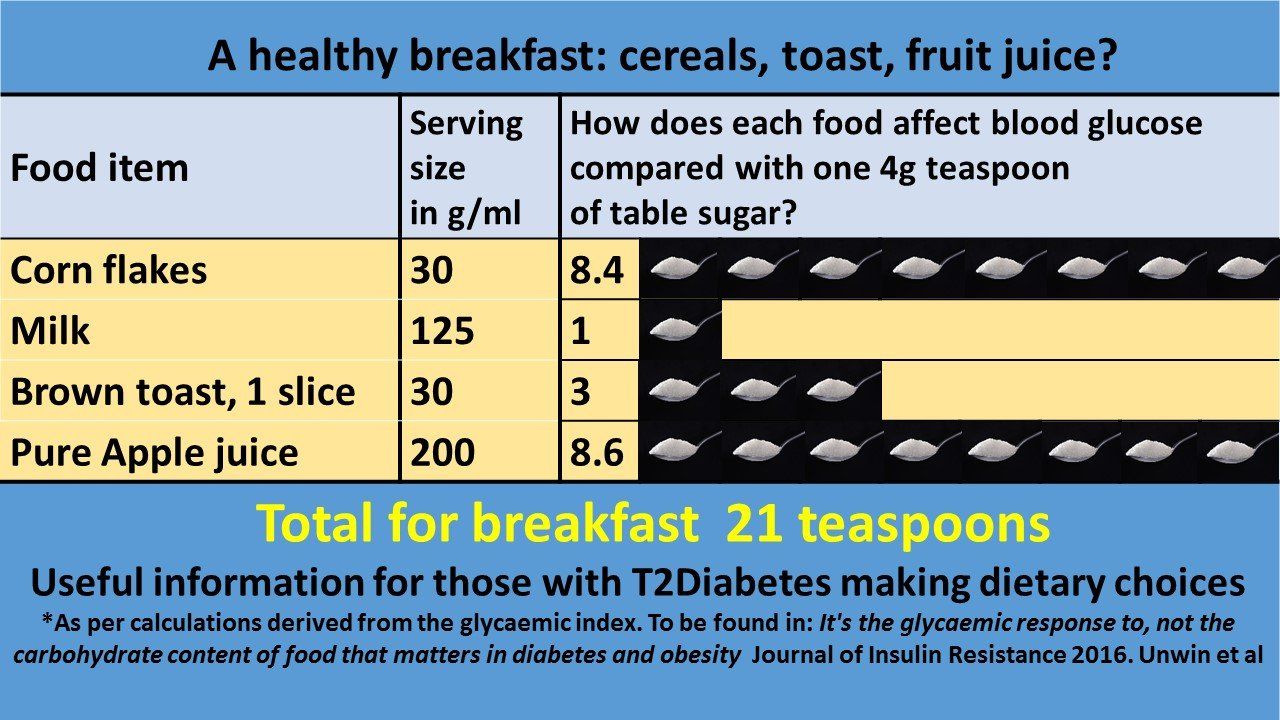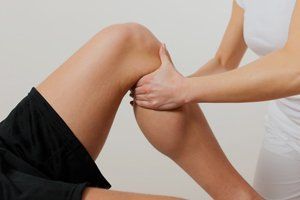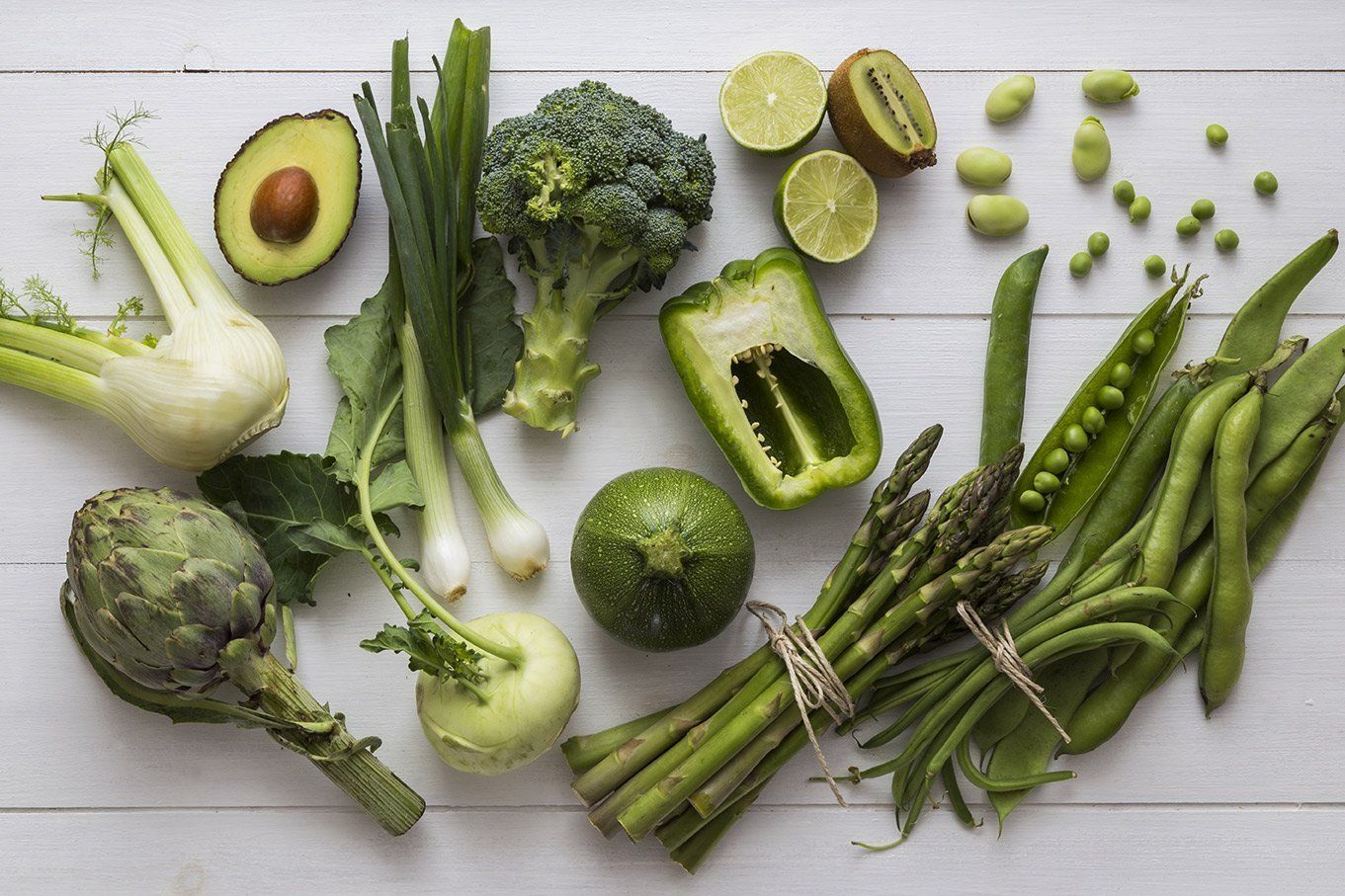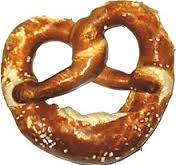Swift Microwave Therapy for Verrucae
- By J SULLIVAN
- •
- 28 Oct, 2016
- •
Introducing an Exciting New Treatment at Betafeet Podiatry

By Reggie Simpson
What is Swift©?
Swift is a new technology, developed in the UK, which has been licensed for the general treatment of verrucae or warts in Podiatry. Swift uses microwave energy that is delivered through a special probe applied to the skin to treat the affected area. Betafeet will be one of only a few clinics in the UK to offer this treatment.
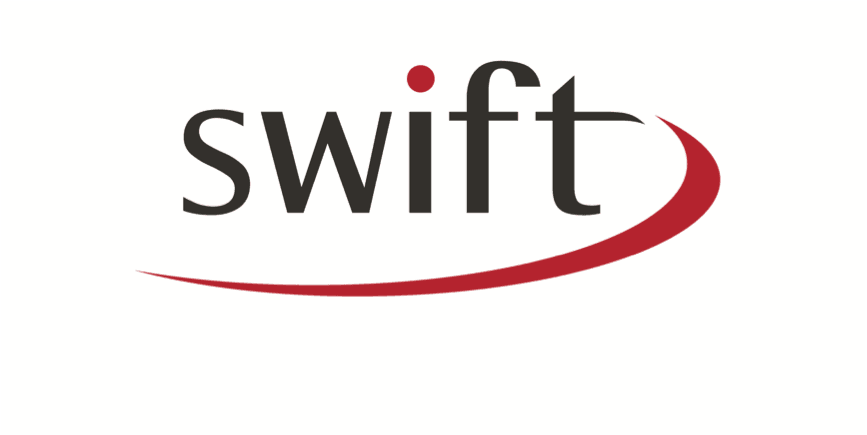
HOW DOES IT WORK?
Microwaves work by applying the probe from which heat under the probe is applied to the verruca. The probe is about 7mm in diameter.
Usually the largest or most painful verruca is treated first, but multiple ones may be treated at the same time.
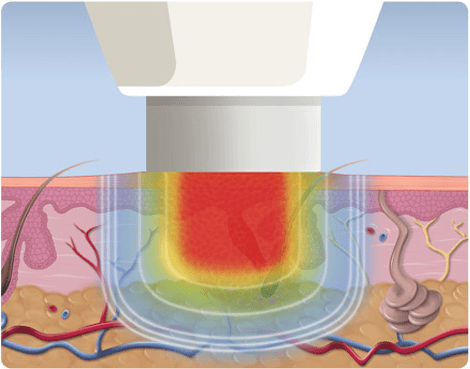
AM I ELIGIBLE FOR SWIFT TREATMENT?
Your podiatrist will make a full assessment and discuss whether Swift treatment can help you and advise whether you are eligible. If you have tried various verruca treatments to no effect, then Swift microwave energy at Betafeet Podiatry might be for you. However, precautions include:
· The presence of metal in your foot or ankle
· If you wear a pacemaker
· If you have poor or limited healing capacity because of neuropathy or peripheral circulation
· Patients who are immuno suppressed
· Pregnancy – the effect of verruca/e treatment is reduced during this time
· Treatment of young children
· Patients with a low pain threshold
DOES IT HURT?
Like many treatments for verrucae, some minor discomfort may be experienced. Before treatment your podiatrist will reduce the verruca/e with a blade so the treatment site is level to receive the probe, which is applied for 5 seconds. Pain levels vary from person to person but most people undergoing Swift liken it to a pain similar to an injection or a scratch, lasting 2 - 3 seconds then quickly subsiding. Paracetamol can help if required.
HOW MANY TREATMENTS WILL I NEED?
This is dependent on how you respond to treatment. In some cases, you may need more than one treatment (these can be from 14 days to over a month apart depending on the response). Microwave energy treatment is normally conducted over 3-4 treatments. Larger or numerous verrucae may need more. The verruca/e will go dark, but you won’t see much shrinkage or debulking at first. Your Podiatrist will discuss this all with you.
WHAT CAN I DO AFTER TREATMENT?
In some cases the treated area may feel sore but will not prevent you from undertaking normal daily activities.
I AM INTERESTED – WHAT DO I DO NEXT?
If you would like to discuss this further, please call Betafeet Podiatry on 01442 822990 (Tring) or 01442 249080 (Hemel) for an assessment appointment. The podiatrist will be able to assess your feet and advise you if you are suitable for treatment as well as suggesting the treatment plan which is best for you. The podiatrist can also give you an idea on the likelihood of success. This will also give you any opportunities to ask questions about the treatment.
Of course, you are under no obligation to have the treatment and your podiatrist can advise you on other treatments if Swift is not for you. Bear in mind that no verruca treatment can be guaranteed 100% successful and Swift is no exception.
Call us today on 01442 822990 or 01442 249080
www.betafeetpodiatry.co.uk
www.betahealth.co.uk
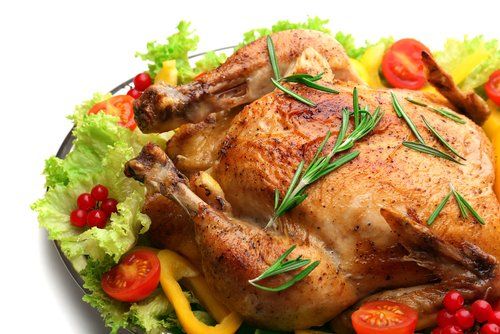
Firstly, ensure you have a good breakfast on the big day. Don't skip breakfast thinking that you will eat a lot later, this will only lead to snacking on inappropriate, high carbohydrate foods because you are hungry. A lovely, cheesy omelette or even a treat of bacon, mushrooms and eggs will set you up for your day.
Secondly, think carefully about what you are drinking. Drinks slip down very smoothly, so it's easy to raise your blood sugar levels on drinks alone. Fruit juices, fizzy sweet drinks, beer and wine all raise your blood sugars at an alarming rate, as well as adding to dehydration, which will cause you to reach for more. What drinks are relatively low carb? Well, you will be pleased to hear that spirits, champagne or dry red wine are the best of your choices. Of course water is your great friend, be it in still, fizzy, ice or soda form and can be added to you spirits instead of other high carb mixers. It's a good idea to have a glass of water to hand throughout the day to keep you hydrated. Tea and coffee (without sugar) are fine.
Christmas dinner is a time for indulgence and of course you don't want to feel left out. That doesn't mean you can't make a few careful choices and do away with the worry. The items that raise your blood sugars are the carbohydrates, so they are the things to control. Potatoes, parsnips, carrots, bread sauce and stuffing are the things to avoid or cut down on. If your joy on Christmas day is a roast potato, then have two small pieces and forgo the other starchy vegetables. Load up on above ground vegetables such as sprouts and the meats or nut roast instead. Cauliflower mash with lashings of butter makes a great alternative to mashed potatoes.
Afterwards you could always skip the Christmas pudding and move on to the cheese board instead (no crackers though). If you feel cheated without pudding, have the thinnest slice possible, with a good cover of double cream to satisfy that craving.
A great tip is to take dark chocolate, the richer the better, with you. That way if you are tempted by the sweets and candy surrounding you, you can treat yourself without worrying too much. It also stops people from nagging you into indulging because they want to feel you are having a good time.
Wishing you a very happy, healthy festive season. A wise person once said: It's what you eat between New Year and Christmas that makes the difference to your health, rather than Christmas to New Year. If you slip up in the next few weeks, bear that in mind and be kind to yourself.
Christine Gaskill, Hemel Hempstead Ambassador for the Public Health Collaboration
https://phcuk.org/wp-content/uploads/2017/10/PHC-Sugar-A5-Flyer-Front.pdf
